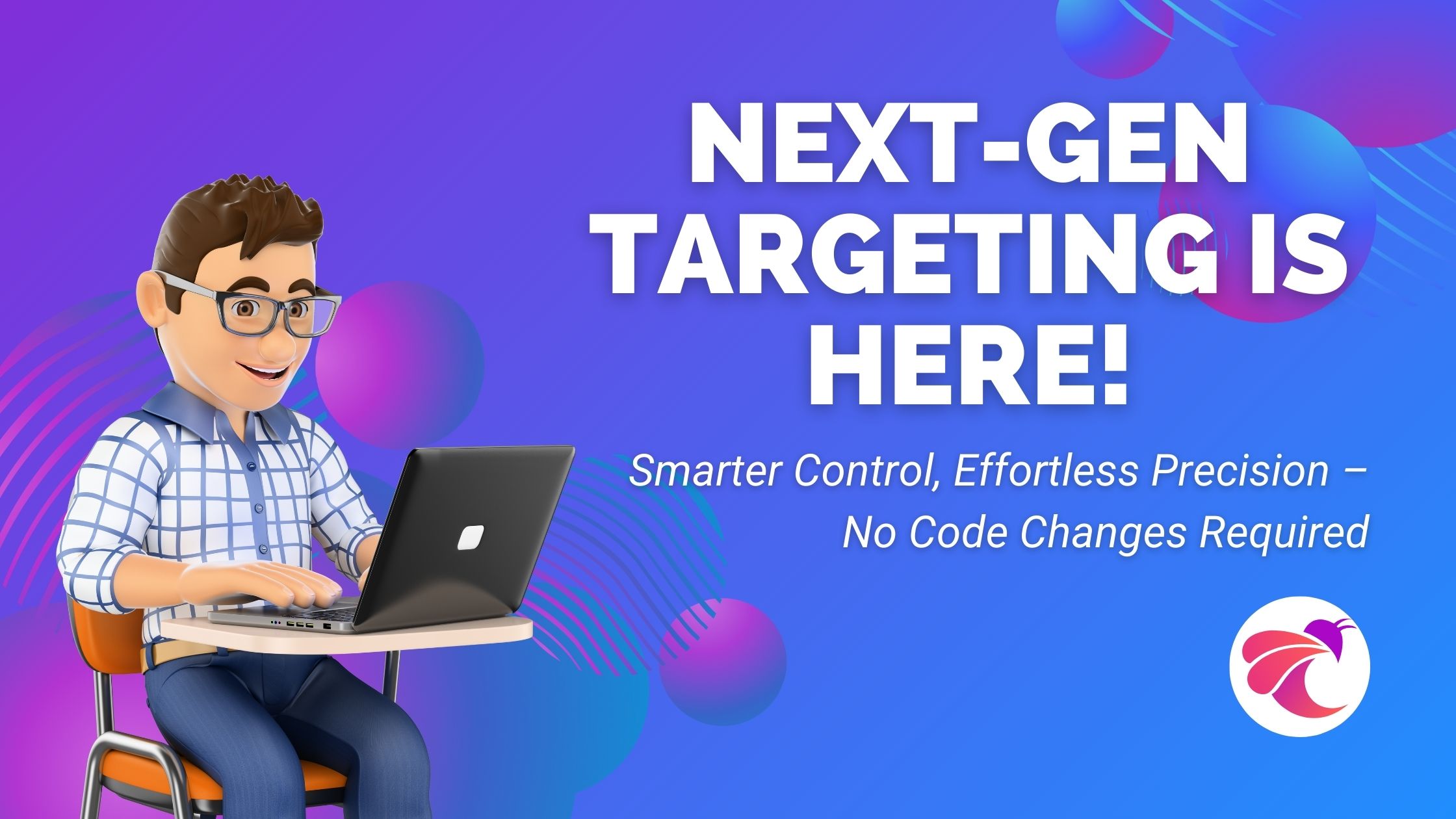Today marks an exciting milestone for ConfigBee as we roll out our new and enhanced targeting capabilities. After listening to customer feedback and analyzing our legacy pinpoint targeting system, we’re proud to introduce a more intuitive, flexible, and powerful approach to managing targeted feature flags and dynamic configurations.
In this post, we’ll walk you through the evolution from our legacy targeting to the new Contexts and Target Lists model, explain the benefits for both technical and non-technical teams, and share our migration strategy for existing customers.
A Look Back: Legacy Pinpoint Targeting
Our legacy pinpoint targeting system served as a robust solution for customizing feature flags and configurations based on specific targets i,e users, accounts, regions, and groups. It enabled you to auto-populate data for each group and allowed non-technical users to make basic customizations. However, several challenges became apparent over time:
- Developer Dependency: The legacy system required significant developer involvement throughout the process, making even simple customizations more complex.
- Limited Reusability: Targets could not be reused between users, which led to inefficiencies when managing similar configuration needs across multiple groups.
- Beta Testing Limitations: While beta testing and early access setups were possible, they often required extra effort to implement and manage.
- Centralized Control: All targeting was managed solely through the accounts page, restricting flexibility and ease of use for teams across different functions.
These limitations prompted us to reimagine our approach to targeting—focusing on delivering a solution that empowers both engineering and go-to-market (GTM) teams while simplifying workflows.
Introducing the New Targeting: Contexts and Target Lists
Our new targeting system is built around Contexts and Target Lists, available at the project level. This fresh approach not only streamlines feature management but also provides granular control over who gets what—right when they need it.
What’s New?
- Context Groups at the Project Level:
- Dynamic Entity Management: Developers and engineering leads can now manage Context Group life cycles. In a typical SaaS workflow, entities such as User and Account are defined as context groups. Once configured and activated, ConfigBee automatically populates these groups with every relevant record.
- Granular Whitelisting: You can whitelist feature flags and configuration options at the context group level. For example, an Upload Profile Picture feature can be made available at the Users level, while features like Ticketing can be targeted at the Account level.
- Individual Personalization:
- Tailored Experiences: Optionally, you can activate personalization at the individual record level—enabling flags and configurations to be customized for each user or account. This ensures that every end user receives an experience perfectly tuned to their needs.
- Target Lists for Flexible Overrides:
- Empowering All Teams: Whether you’re from a technical background or part of the GTM team, Target Lists allow you to create and manage lists based on any context group. With a simple add/remove functionality, you can override flags and configurations for a subset of users or accounts.
- EAP and Gradual Rollouts: Target Lists are ideal for managing Early Access Programs (EAP) and gradual feature releases. They let you seamlessly control who gets access, enabling safer, more controlled rollouts.
Key Benefits
- Delegation of Control: By shifting targeting controls to the project level, our new system allows development teams to focus on building robust features while delegating the customization and rollout strategies to the GTM team. This separation of concerns makes it easier to manage and scale feature deployments and feature lifecycle management.
- Increased Flexibility and Efficiency: With Contexts and Target Lists, you’re no longer bound by rigid structures. Enjoy the freedom to create, update, and reuse targeting configurations effortlessly—saving time and reducing developer dependency.
- Improved Personalization: The ability to enable individual personalization means that each user or account can receive a bespoke experience, driving higher engagement and satisfaction.
- Streamlined Beta Testing: Our new system makes it simpler than ever to run beta tests and early access programs. Instantly adjust and control feature exposure for specific target lists without disrupting the overall system.
Migration Strategy: Transitioning from Legacy to Enhanced Targeting
We understand that change can be challenging, which is why we are working closely with our existing ConfigBee customers to ensure a smooth migration from legacy targeting to our new enhanced targeting capabilities. Here’s what you can expect:
- Guided Transition: Our customer success team will provide detailed migration guides and dedicated support throughout the process. We’re committed to making this transition as seamless as possible.
- No SDK Integration or Code-Level Changes Required: The migration to the enhanced targeting system is entirely seamless—no changes to your existing SDK integration or codebase are necessary. This means you can transition to using Contexts and Target Lists without modifying any code, ensuring zero downtime and eliminating additional development efforts.
- Training and Documentation: Comprehensive documentation and training sessions will be available to help you understand the new concepts of Contexts and Target Lists, and how to leverage them for maximum impact.
- Dual Run Period: During the initial phase, both legacy and new targeting systems will run concurrently, giving you time to adapt and ensure there’s no disruption to your current workflows.
- Feedback Loop: Your feedback is invaluable. As you begin using the new system, we encourage you to share your experiences and suggestions, so we can continue refining and enhancing the platform.
Conclusion
The launch of our enhanced targeting capabilities represents a significant leap forward in how feature flags and dynamic configurations are managed with ConfigBee. By moving from legacy pinpoint targeting to a more flexible system of Contexts and Target Lists, we are empowering both developers and GTM teams to take control of feature rollouts like never before.
We’re excited for you to experience the benefits of this new approach and look forward to your feedback as you migrate to and explore these enhanced capabilities.
Together, we’re making feature management more agile, personalized, and efficient—ensuring that your applications always deliver the best possible experience to your users.

